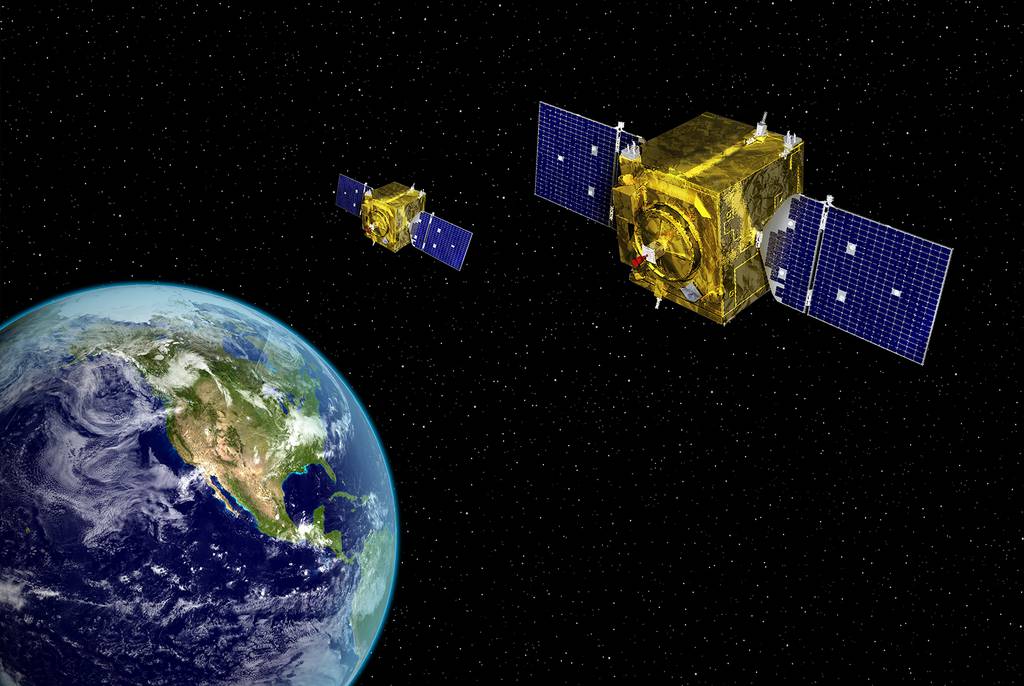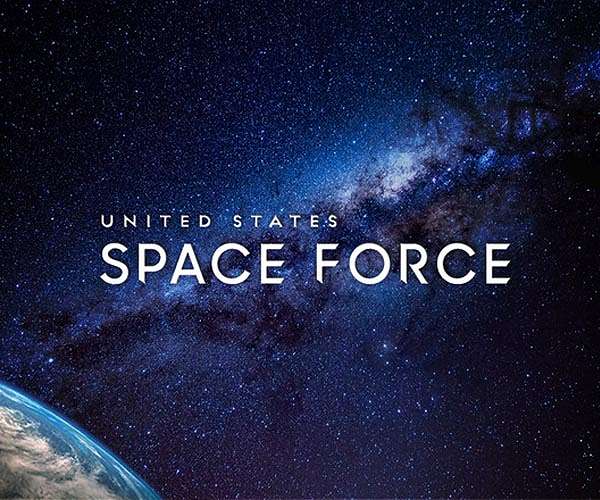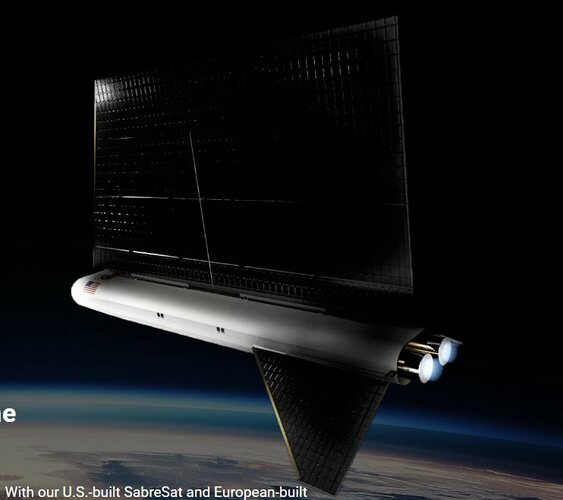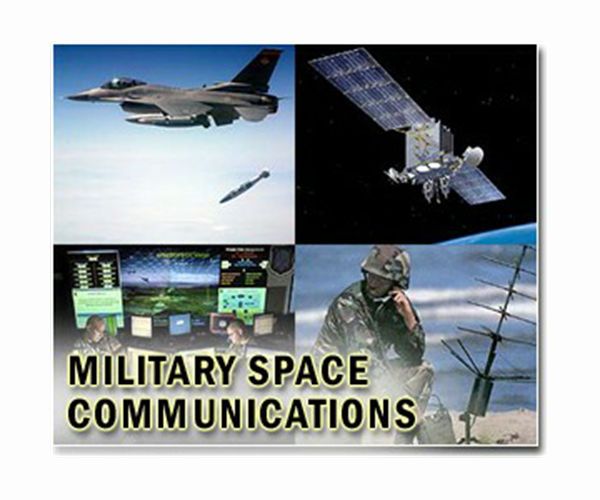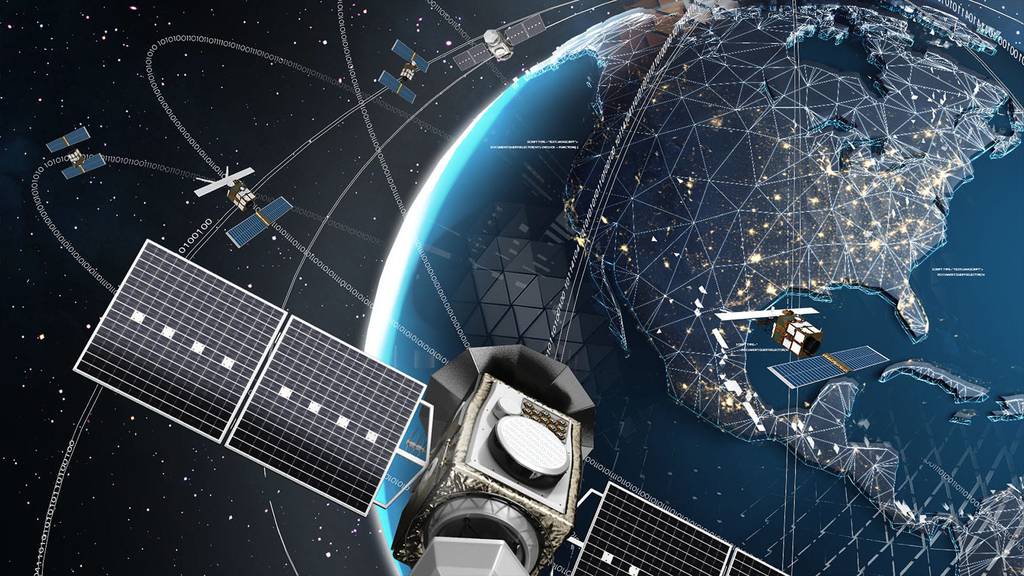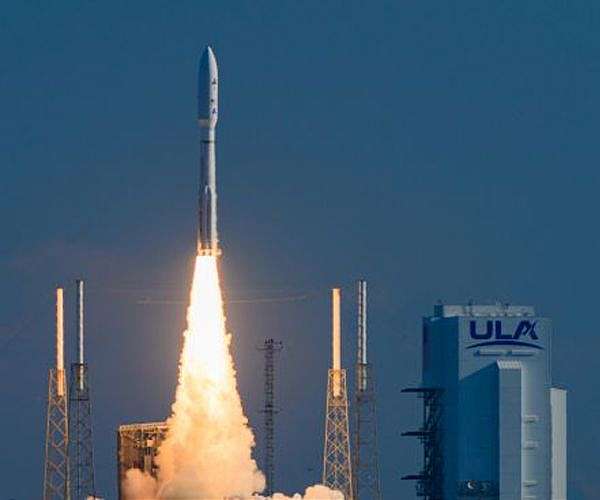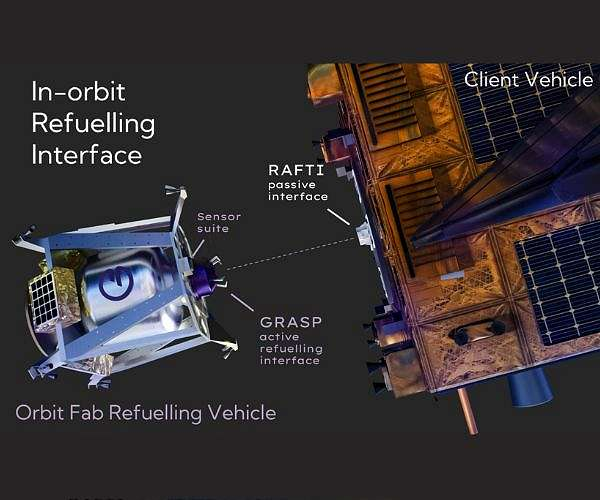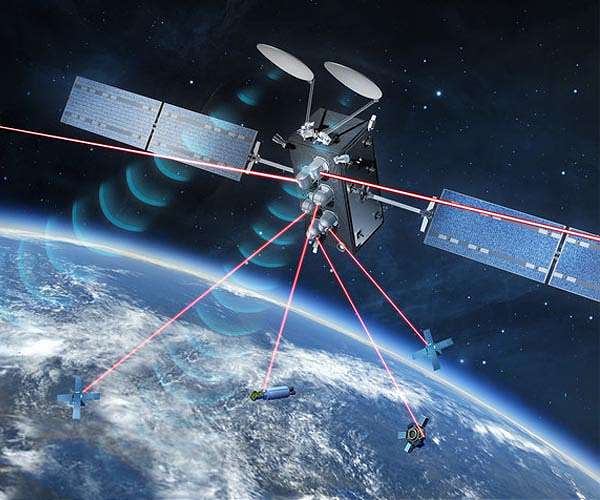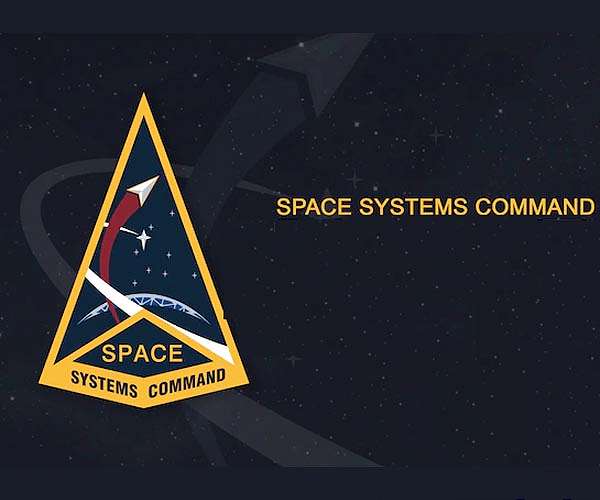Forest Green
ACCESS: Above Top Secret
- Joined
- 11 June 2019
- Messages
- 9,508
- Reaction score
- 17,402

BlackSky Secures $7 Million Contract Renewal for Space-Based Imagery and Analytics Services
Los Angeles CA (SPX) Jun 01, 2024 - BlackSky Technology Inc. (NYSE: BKSY) has secured a $7 million contract renewal to provide dynamic space-based imagery and analytics monitoring services to an established international government cu
www.spacewar.com






